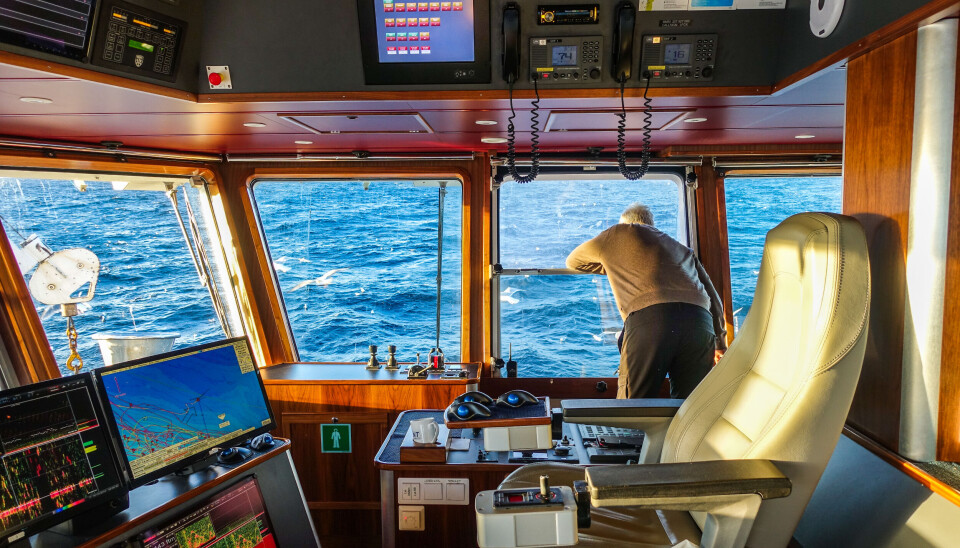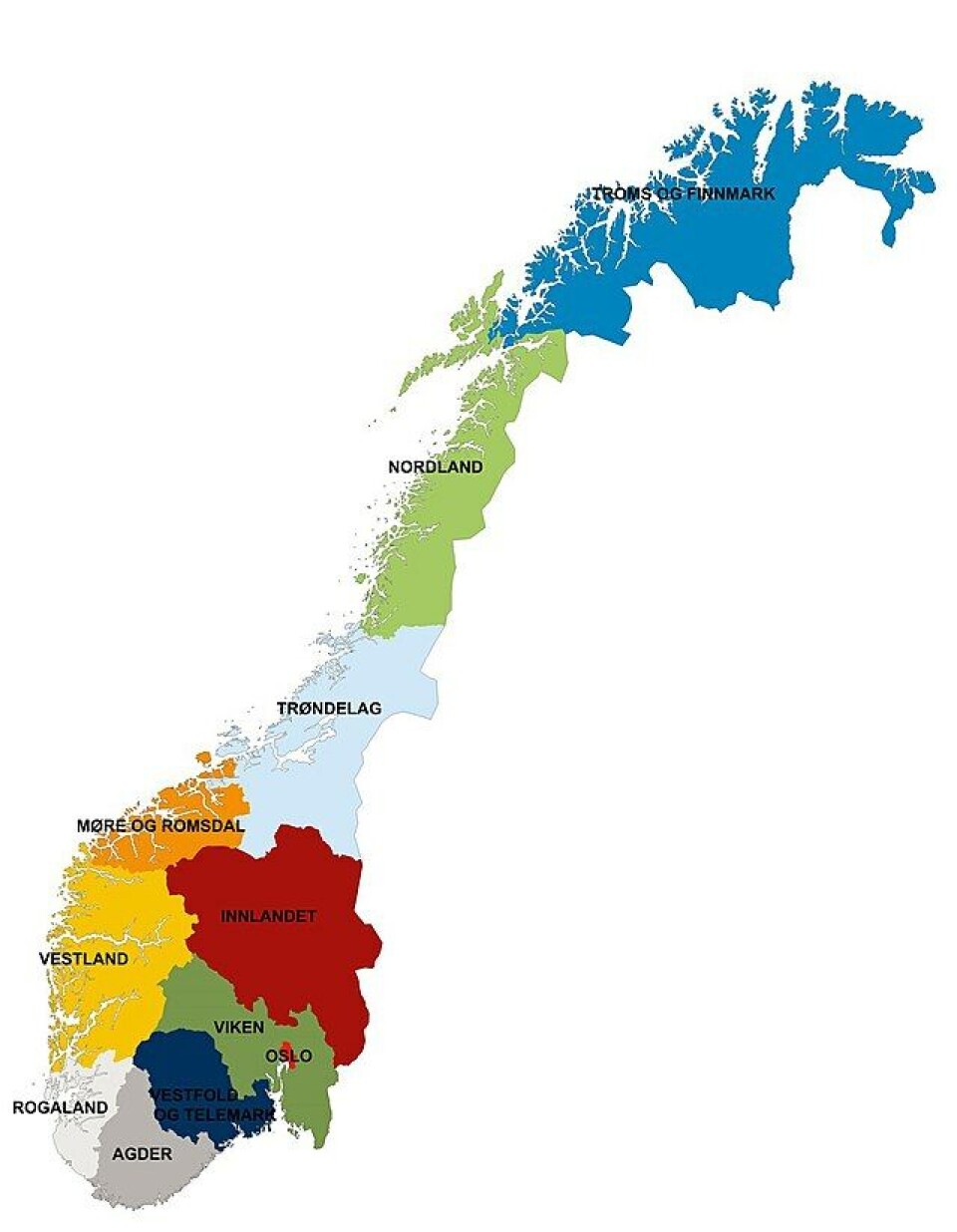THIS ARTICLE/PRESS RELEASE IS PAID FOR AND PRESENTED BY Nofima The Norwegian Institute of Food, Fisheries and Aquaculture Research - read more

Strong growth in the seafood industry
Compared with the previous year, the number of employees increased by as much as 13,000 people to 106,000 employees who work directly and indirectly in the industry.
The seafood industry experienced strong growth last year. When ripple effects are taken into account, value creation amounted to NOK 120 billion, and the tax effect amounted to NOK 34 billion.
These are the findings of a new report (link in Norwegian) prepared by Menon Economics, Nofima and Norce.
“The seafood industry fared well throughout the pandemic compared to other industries, but nevertheless experienced a demanding 2020. We now have the results from 2021, and we see that the industry has been boosted and is setting new records regarding value creation, exports and employment," Jonas Erraia, partner at Menon Economics, says.
Value creation in the industry increased by NOK 11 billion from 2020 to 2021. In 2019, value creation was slightly higher than in 2021, but last year’s value creation is nevertheless at a historically high level.
Employment effects from the industry are the highest in recent times.
“The seafood industry is one of Norway’s most important regional industries. The industry is represented throughout the entire country, but it is in Western and Northern Norway that seafood production is most important regarding value creation and employment. Few industries have grown more than the seafood industry in the last 15 years,” project manager Roy Robertsen, senior scientist at Nofima, says.

Western and Northern Norway
These are the figures for those who are directly or indirectly employed in the seafood industry in different counties:
- Vestland: 17,200 people
- Møre og Romsdal: 16,500 people
- Nordland: 12,900 people
- Troms og Finnmark: 12,700 people
- Trøndelag: 12,100 people
- Viken: 10,800 people
The report shows that the highest value creation is in Møre og Romsdal with NOK 13 billion.
Value creation in Troms and Finnmark, Nordland, Vestland and Trøndelag are very close, between NOK 11 and 12 billion.
Value creation is clearly concentrated in these coastal counties.
Important seafood municipalities
For a long time there have been discussions regarding which municipality is the most important seafood municipality.
There are several ways to calculate this.
Measured in total value creation, which basically can be described as the sum of wages and profits in companies, and corresponds to the companies’ contribution to Norwegian gross domestic product, Ålesund is the largest. Frøya, Bergen, Nærøysund and Senja follow closely behind.
With regard to Ålesund, it is particularly the supplier industry, the fisheries and the fishing industry that account for a large share of the value creation.
In 2021, Frøya was the largest individual municipality within the main groups of aquaculture and sales activity.
The fact that Bergen and Ålesund are at the top when it comes to turnover and value creation is a result of them being relatively large cities, with head office functions for many seafood companies and a lot of supplier industry.
Frøya, on the other hand, is a rural municipality where the business sector is very much centred around the seafood industry, and where value creation is given a great boost by the fact that Kverva’s holding company, Kverva Industries, receives much of the profits from the group. Among other things, Kverva Industries is the majority owner of the third largest actor in the Norwegian aquaculture industry, Salmar.
“The report also presents the amount of corporation tax and personal tax on general income that is supported by seafood industry activity. The total tax effect in 2021 was NOK 34 billion, an increase from approximately NOK 30 billion in 2020. The increase is driven by more employees and higher operating profits. Norway’s total tax revenues in 2021 amounted to approximately NOK 1,100 billion, and thus direct and indirect taxes from the seafood industry account for around three per cent of the State’s tax revenues," Robertsen says.

This article/press release is paid for and presented by Nofima The Norwegian Institute of Food, Fisheries and Aquaculture Research
This content is created by Nofima's communication staff, who use this platform to communicate science and share results from research with the public. Nofima is one of more than 80 owners of ScienceNorway.no. Read more here.
See more content from Nofima:
-
Red algae grown in wastewater from fish-farming facilities could become sustainable salmon feed
-
Pumpkins are good for more than just Halloween decorations
-
This is how temperature affects a salmon's health and growth
-
Study: Omega-3 and zinc is a powerful duo for salmon
-
Fish may turn yellow if frozen too fresh
-
Is it better if food is packaged in plastic or paperboard?




































